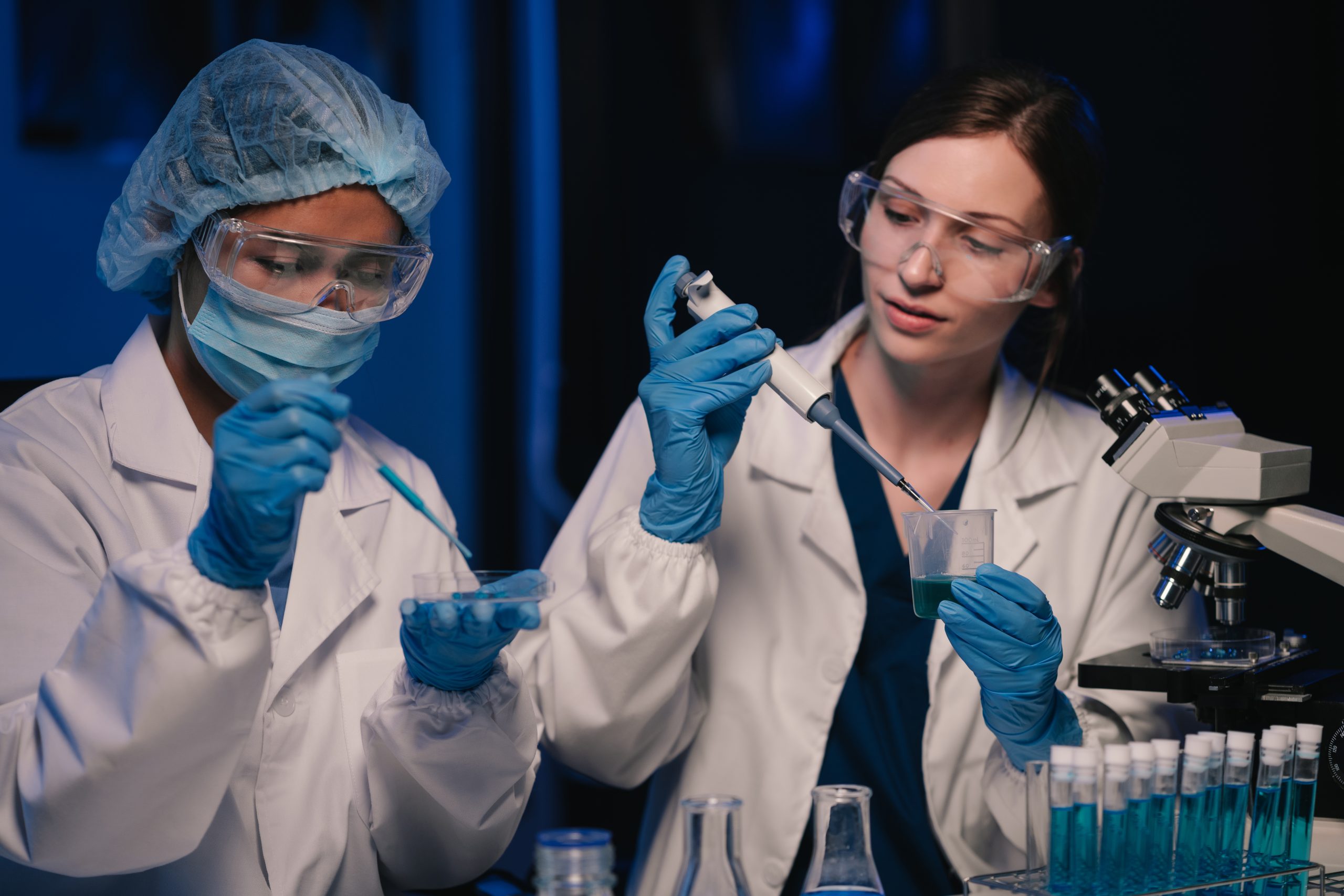Techniques in Biotechnology

| Techniques in Biotechnology | |
|---|---|
| Course Description | Techniques for DNA isolation and manipulation play a vital role in modern-day biotechnology. This course describes key biotechnology techniques with a focus on their applications and feasibility in areas such as disease treatment, biomarker discovery, and forensics. |
| Recommended Books | 1. Molecular Cloning by Sambrook and Russell 2. Principles of Gene Manipulation and Genomics by Primrose and Twyman |
| Course Learning Outcomes | After completing this course, a student will be able to: 1. Understand and apply key biotechnology techniques in both lab and industrial settings. 2. Analyze and evaluate methods like cloning, blotting, and hybridization. 3. Utilize biotechnology tools for advanced research and practical applications. |
| Assessment System | Quizzes: 10-15% Assignments: 10-15% Midterms: 30-40% Final Exam: 40-50% |
| Lecture Plan | ||
|---|---|---|
| Week | Description | Quizzes/Assignments |
| 1 | Introduction to Biotechnology Techniques and Applications | Quiz 1 |
| 2 | Cloning and Expression Systems | |
| 3 | Vectors and Phage Display Libraries | Assignment 1 |
| 4 | Protein Fractionation and Gel Electrophoresis | |
| 5 | Blotting Techniques (Southern, Northern, Western) | Quiz 2 |
| 6 | Gene Probes and DNA Sequencing | |
| 7 | DNA Markers (RFLP, RAPD, AFLP, VNTR) | Assignment 2 |
| 8 | Protein Targeting and Transport | |
| 9 | Monoclonal Antibodies and RNA Interference | Quiz 3 |
| 10 | Transgenic Mouse Models | |
| 11 | DNA Chip Technology | Assignment 3 |
| 12 | Glycoprotein Analysis | |
| 13 | Advanced Chromatography Techniques | |
| 14 | Recent Advances in Biotechnology Techniques | Lab 1 |
| 15 | Future Trends in Biotechnology Applications | Lab 2 |
